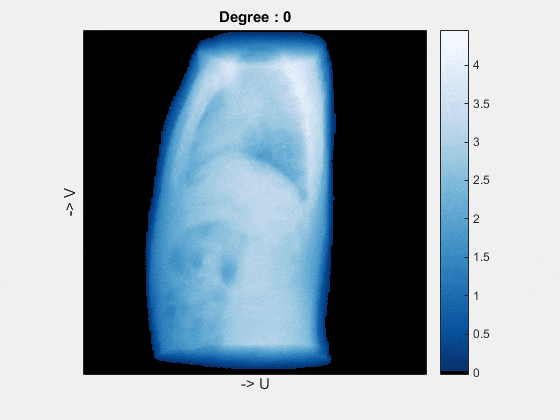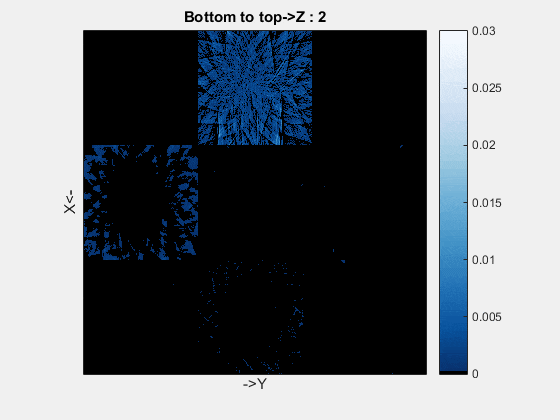Author: Ander Biguri, PhD student from our Engineering Tomography Lab -
Having clear, non-blurred images is key for medical imaging, especially during radiation therapy. Knowing the exact location of a tumour helps to target treatment and protect healthy tissue. Motion artefacts are a challenging issue for medical imaging and any sort of motion will lead to blurry images (similar to when moving a standard camera whilst taking a photo).
To improve this we have developed TIGRE, our fast, free and accurate 3D X-ray image reconstruction toolbox (created by the University of Bath Engineering Tomography Lab and CERN). We hope this will be used by the community, and most importantly, hospitals. The toolbox is based on Cone Beam Computer Tomography (CBCT). This is a type of scanning process that takes a series of 2D X-ray pictures and processes them into a 3D image.

Increasing the speed of motion correction algorithms in TIGRE
The algorithms we accelerated in graphics processing units (GPUs) are now fast enough to be used in clinical scenarios. I adapted these algorithms to be faster by modifying them to run on a laptop fitted with a GPU. These algorithms can lead to improved image quality and some of them can work with very low amounts of data, thus potentially reducing radiation doses to patients. This could in turn help to increase patient survivability rates.
We are also currently working on motion correction, by using techniques developed 20 years ago at the Proton Synchrotron at CERN by Steven Hancock. I was involved in translating this concept from Phase Space to X-ray tomography. Phase Space tomography (tomography performed in an accelerator) uses known motion models to update tomographical information during algorithmic image reconstruction, essentially removing all known motion happening from the image. This technique has now been translated to X-ray tomography.

European Network for LIGht ion Hadron Therapy poster prize
Programming on GPUs is very tedious, but I am proud of achieving a code that can run in milliseconds rather than minutes (or what once took hours or days). I really enjoyed translating the methods used at a particle accelerator to a medical scenario, and it's always a pleasure to be able to play with techniques developed at CERN! Presenting this work to other researchers at the European Network was a really enjoyable experience and winning a prize for my poster was very rewarding. Having my hard work recognised in an expert environment gives me the energy to continue on with my research.
Respond
